In contrast to the Metroland style roads constructed when the tube came to Barnet, on top of the hill is a cluster of Victorian streets with a different story to tell.
Over the centuries the local economy of Chipping Barnet has waxed and waned. Much of the town’s history has been defined by its strategic location on the Great North Road and importance as a staging post. Hence the renown of the market and fair and the string of taverns along the High Street – many of which are still trading today – and breweries to supply them with ale (such as the Hadley Brewery). The High Street served this busy market town will all the necessary trades and commerce.
With the advent of the railways in the 19th century fewer people travelled by horse and carriage, and by the 20th century motor transport became increasingly widespread. During this time other industries were attracted to the area and workers needed accommodation.
Photographic printing works were significant employers in the town such as Swain’s in Bath Place (now Brake Shear House set for redevelopment), Elliott and Son’s in Park Road and the Northern Photographic Works in Nesbitts Alley (set up by Birt Acres, previously general manager at Elliott’s). Nurseries also played a key role locally.
However, the Dental Manufacturing Company Ltd in Alston Road was the town’s most important employer. This was once the biggest of its kind in Europe and grew out a co-operative of Manchester-based dentists formed in 1875. Collectively they produced dental equipment and went on to open a large factory in Barnet in 1891. By 1900 the company was exporting around the world and known for its high quality products which included wooden cabinets (some apparently still in use) and the first pump chair made in the UK, the triple cylinder Twentieth Century Chair.
Between 1880 and 1910 many roads to the northwest of the High Street were constructed behind what’s now The Spires. Carnarvon, Strafford, Falkland, Puller, Sebright, Calvert, Salisbury and Wrotham Roads and Lucan Row were built during this period (see Ordnance Survey map below from 1896). According to the Barnet Residents Association this neighbourhood deserves being classed as a conservation area as the overall character and so many distinctive original features have been retained.
The factory building has also survived and now houses a mixture of artists’ studios, offices, recording studios and photographers, now known as the Alston Works. It’s still an impressive site and looks as though a part of Camden or Shoreditch has been relocated alongside the Green Belt.
The Dental Manufacturing Company even had its own football team, Barnet Alston, one of several local teams that merged to form Barnet Football Club. They were known as “The Dentals” and their amber and black strip went on to be adopted by Barnet FC.
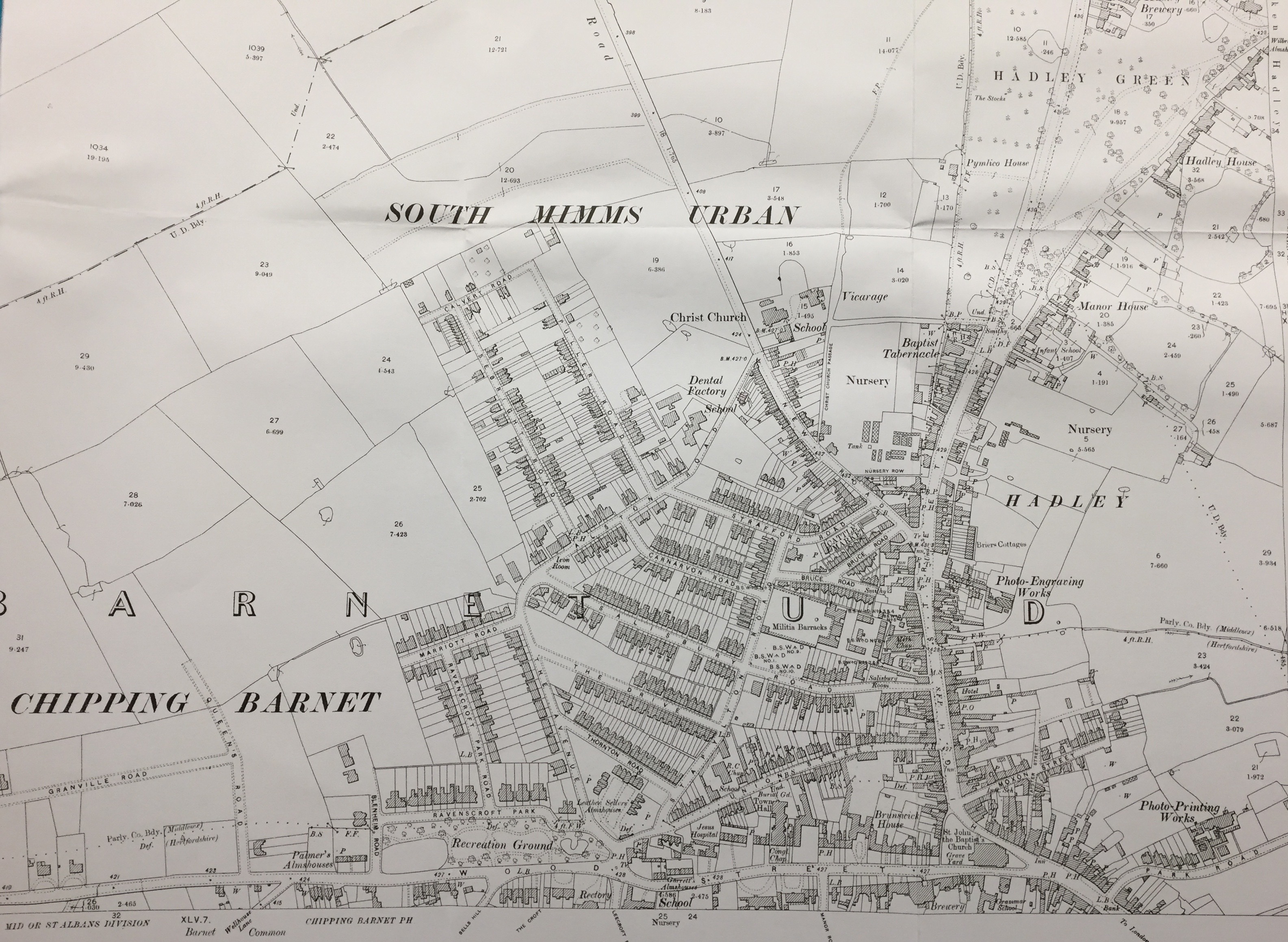
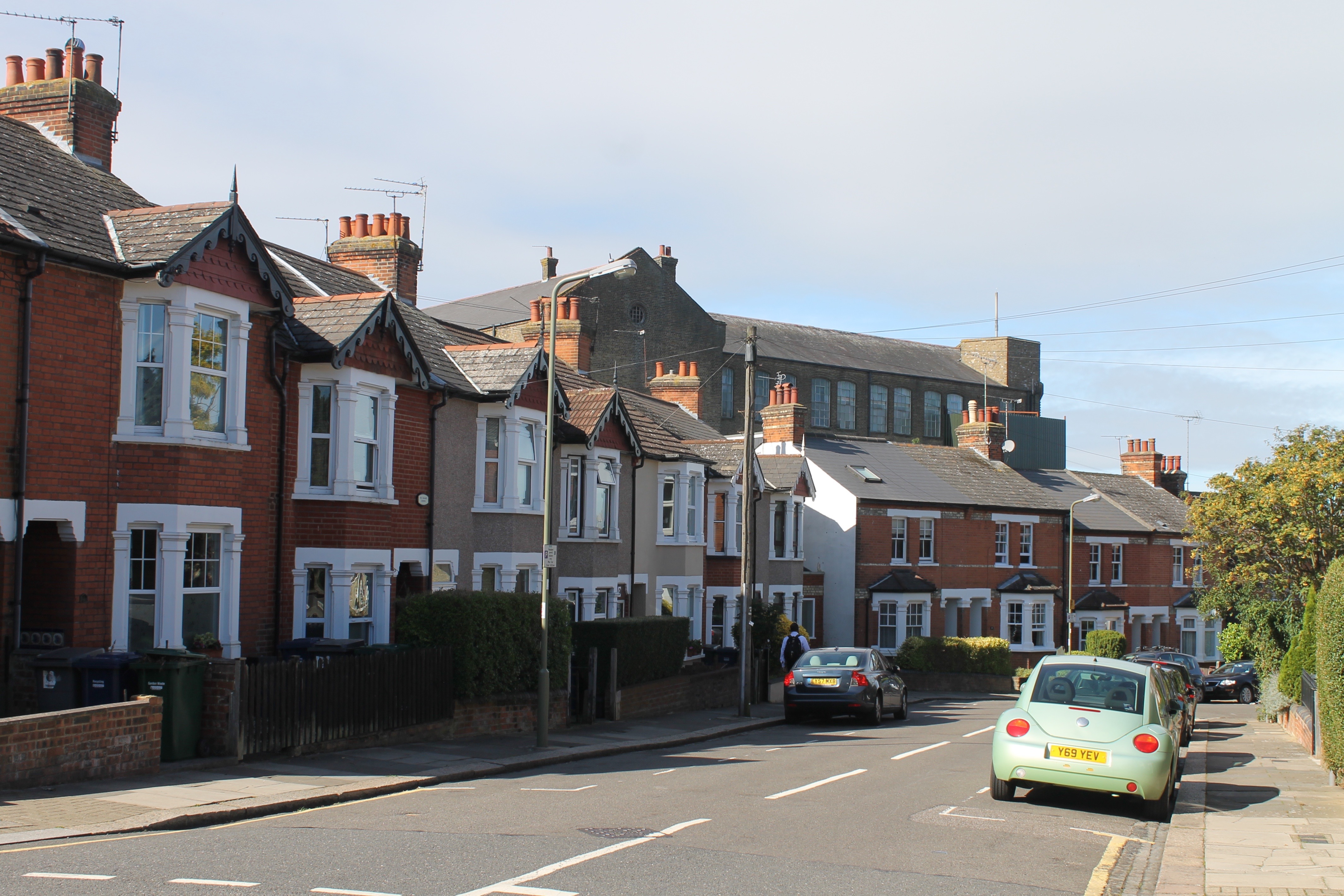
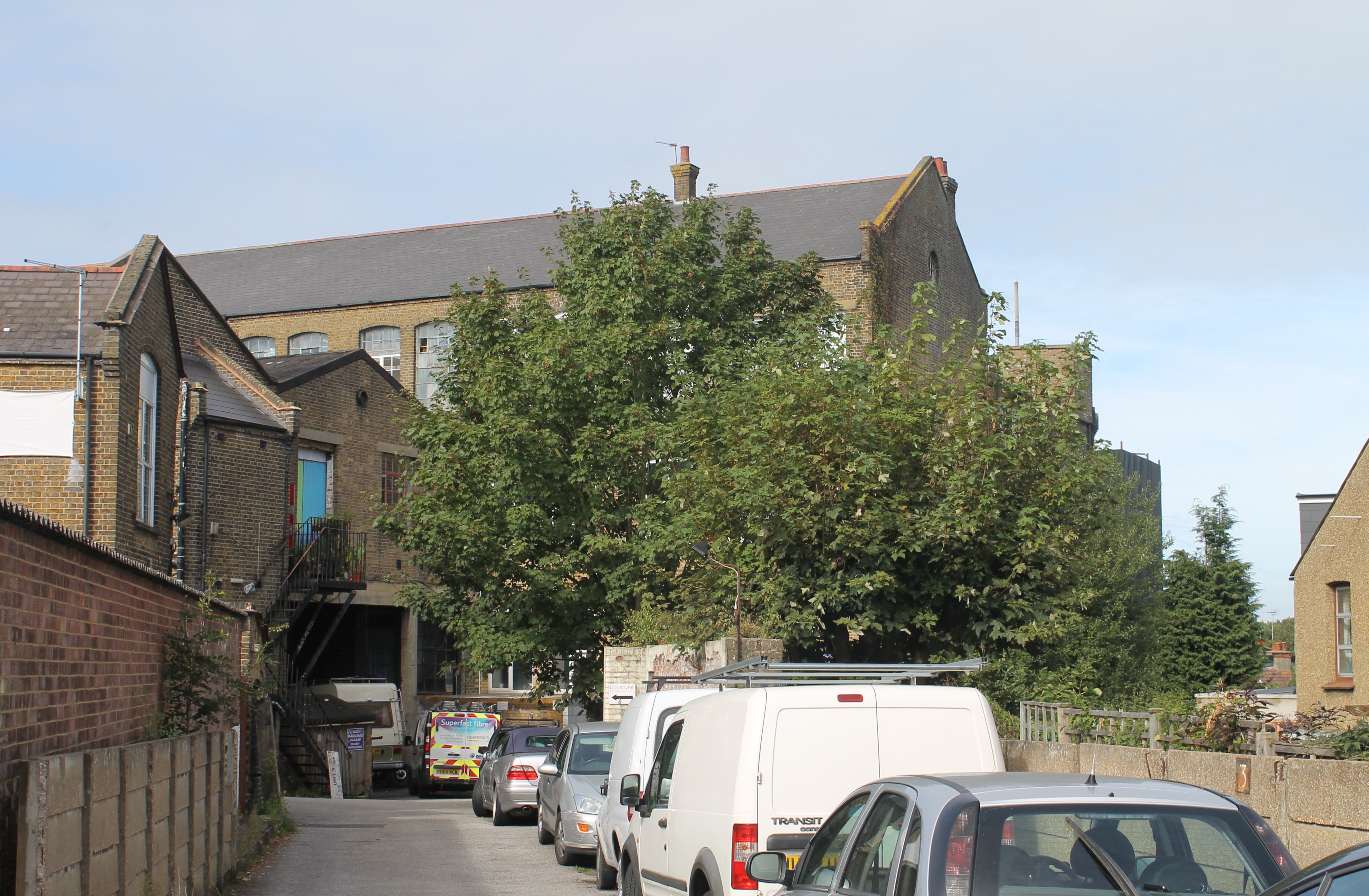
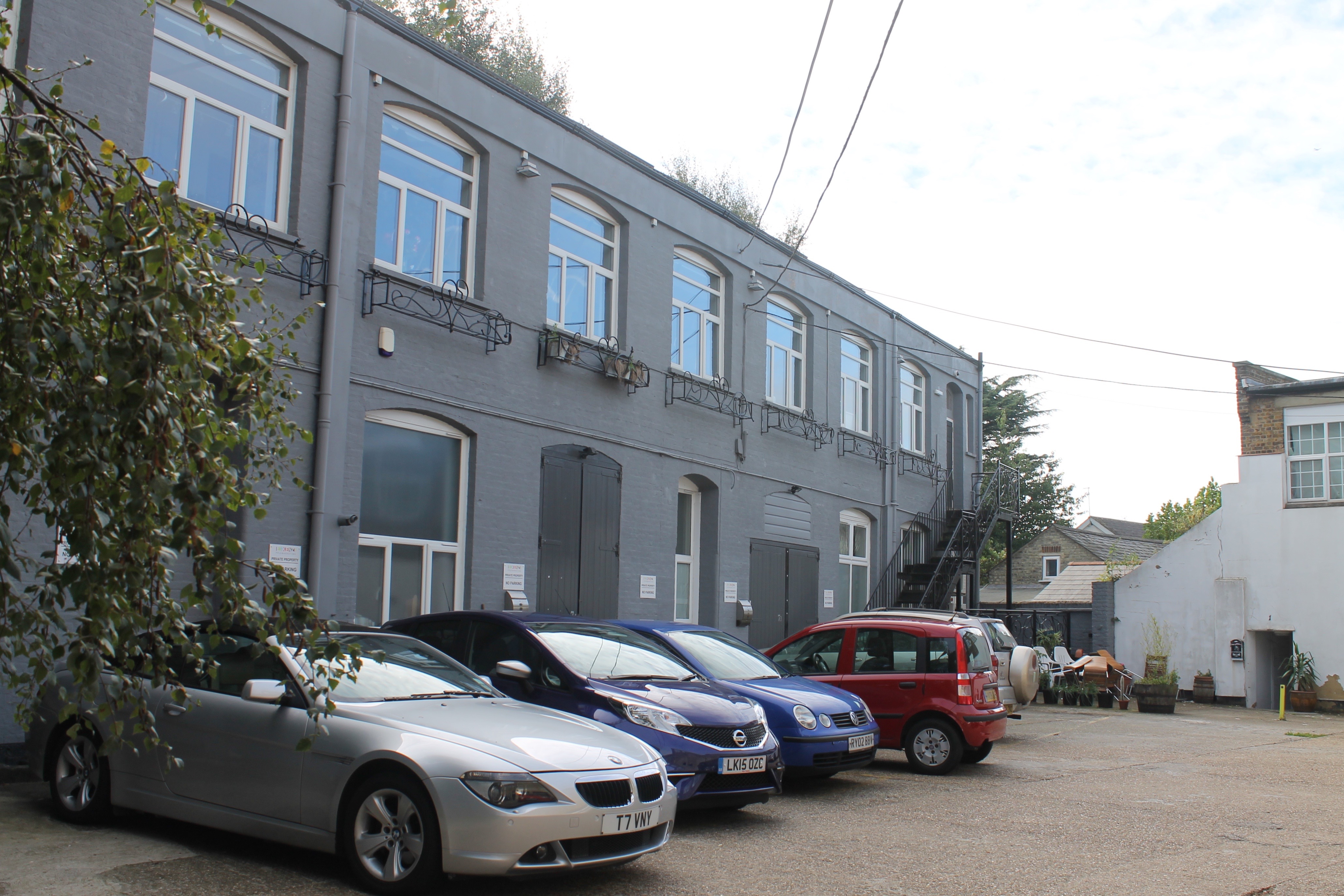
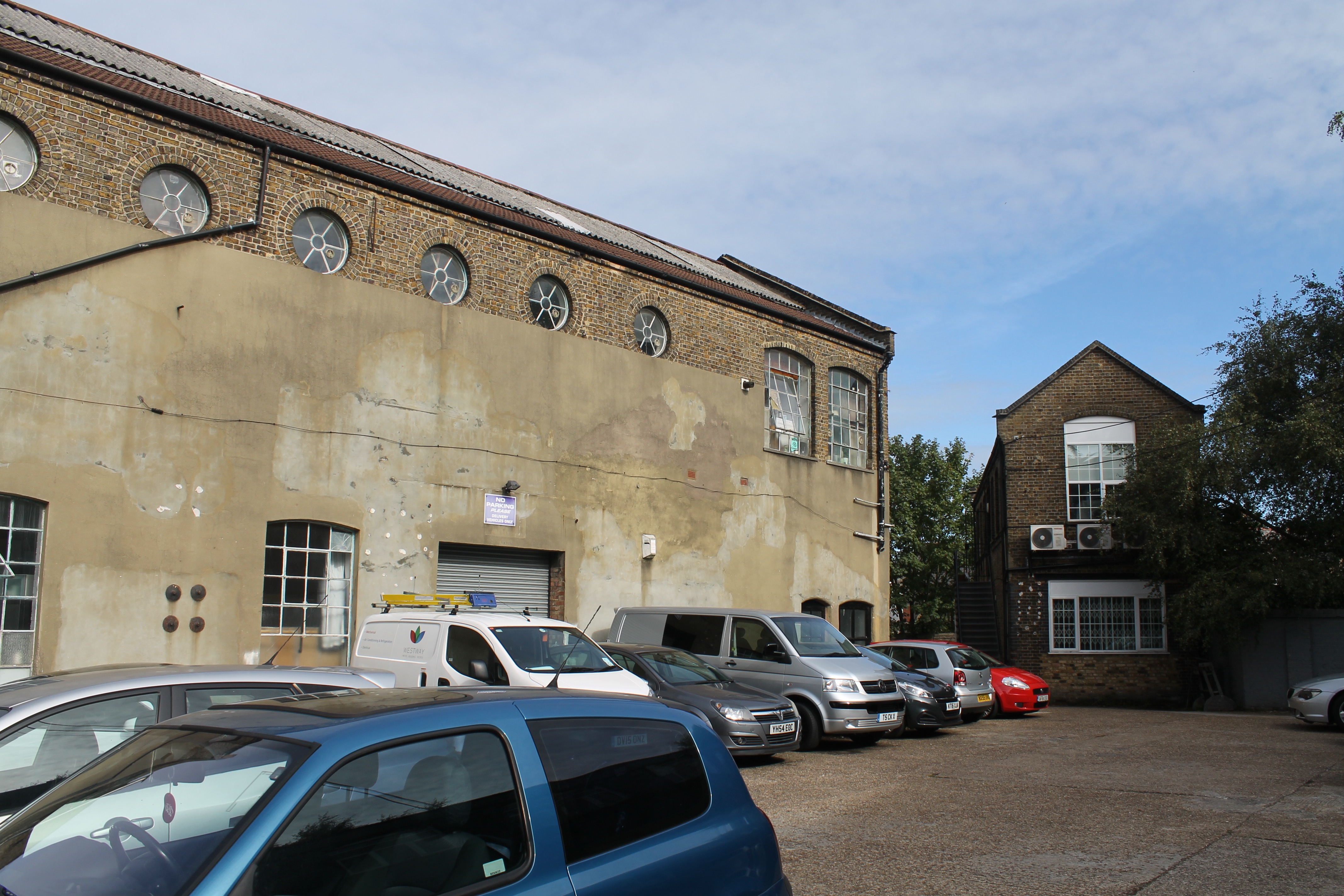
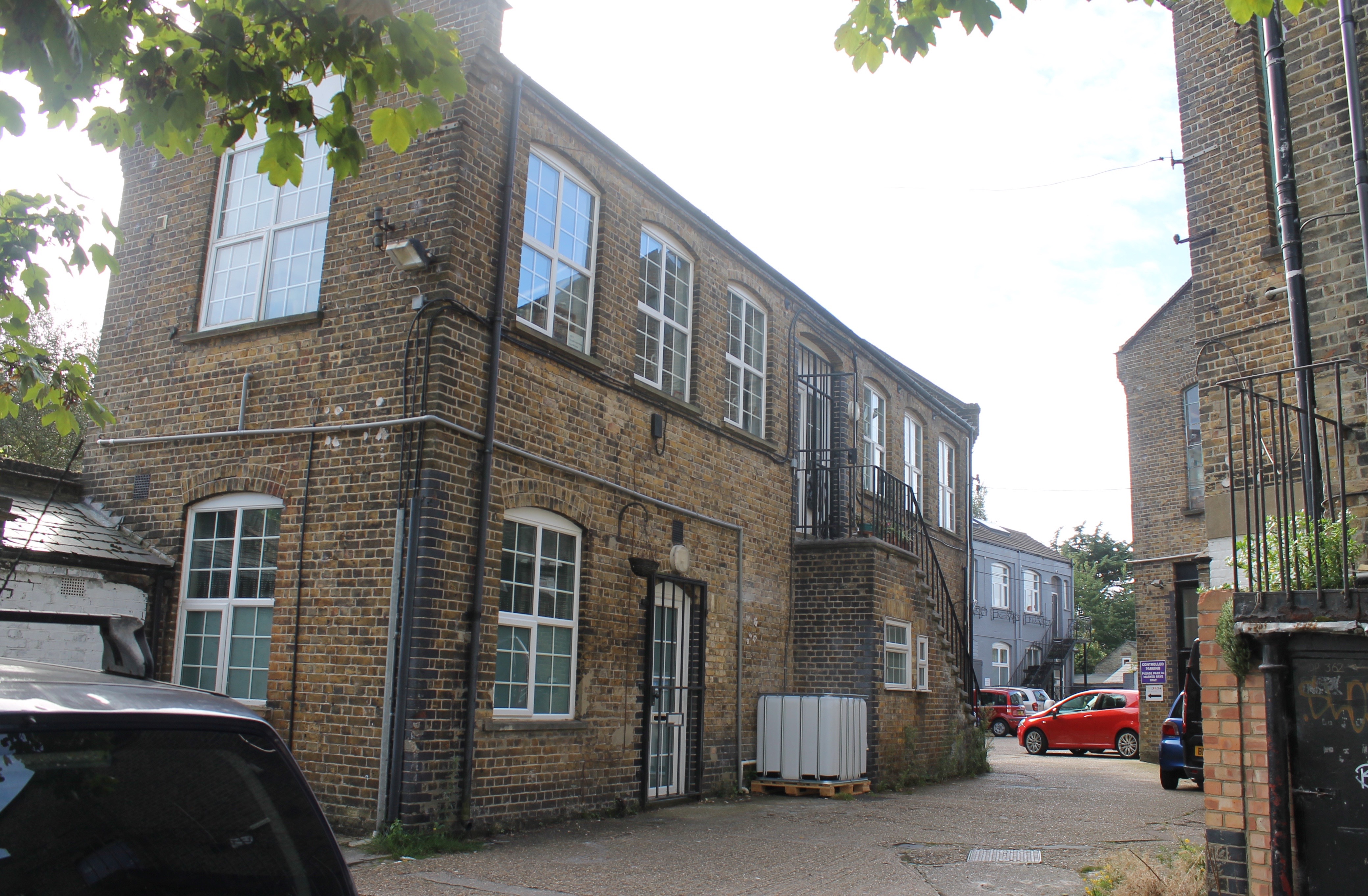
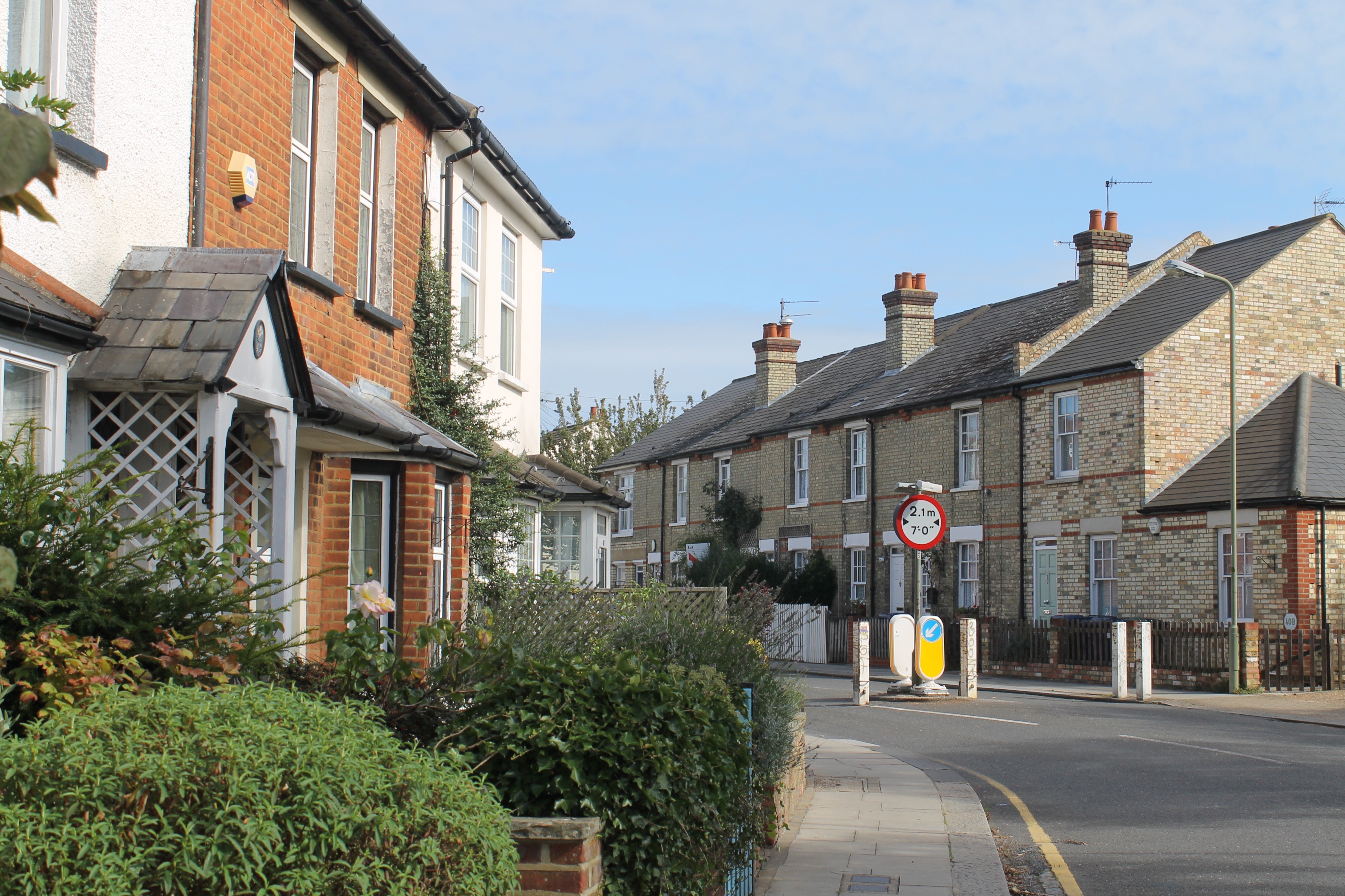
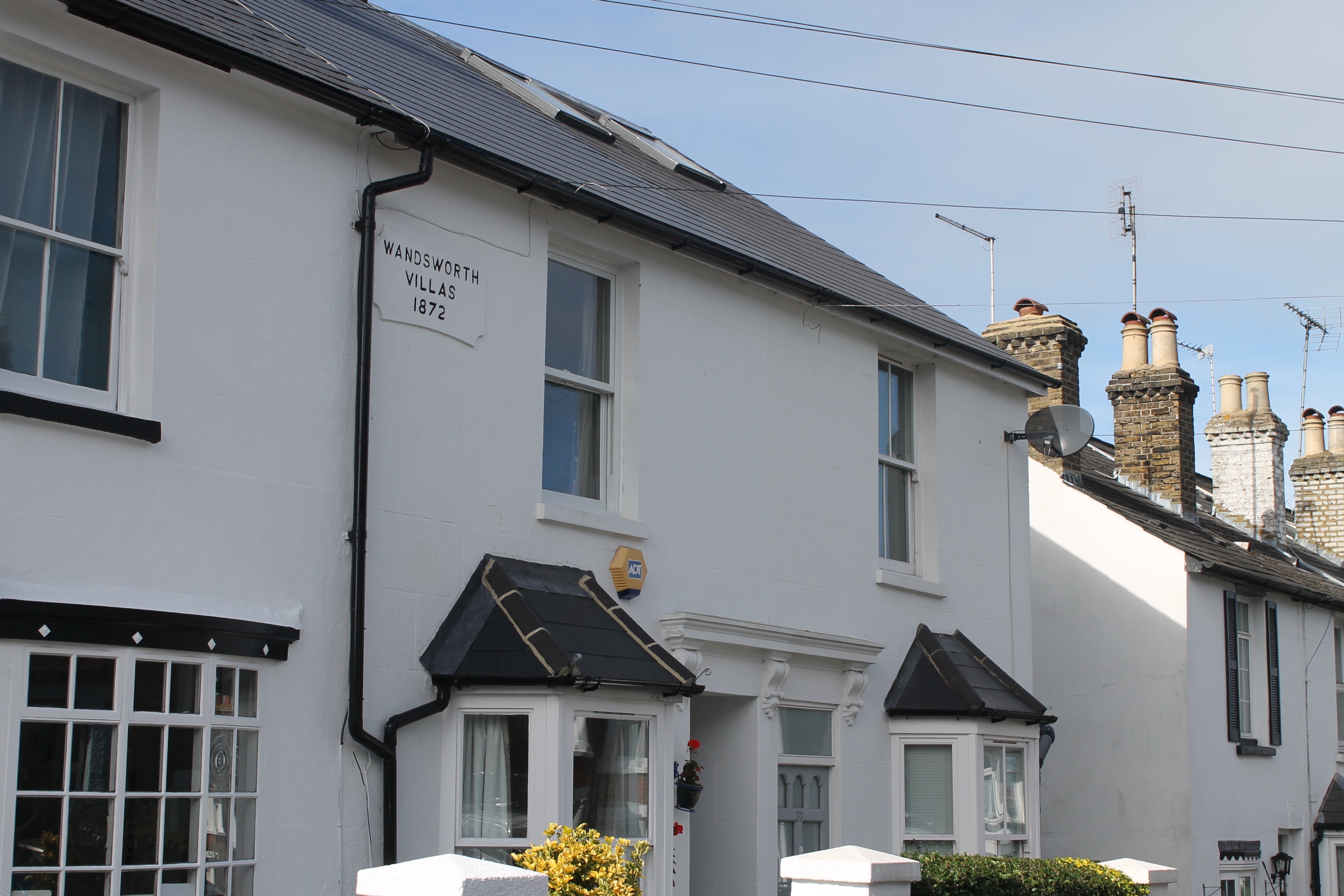
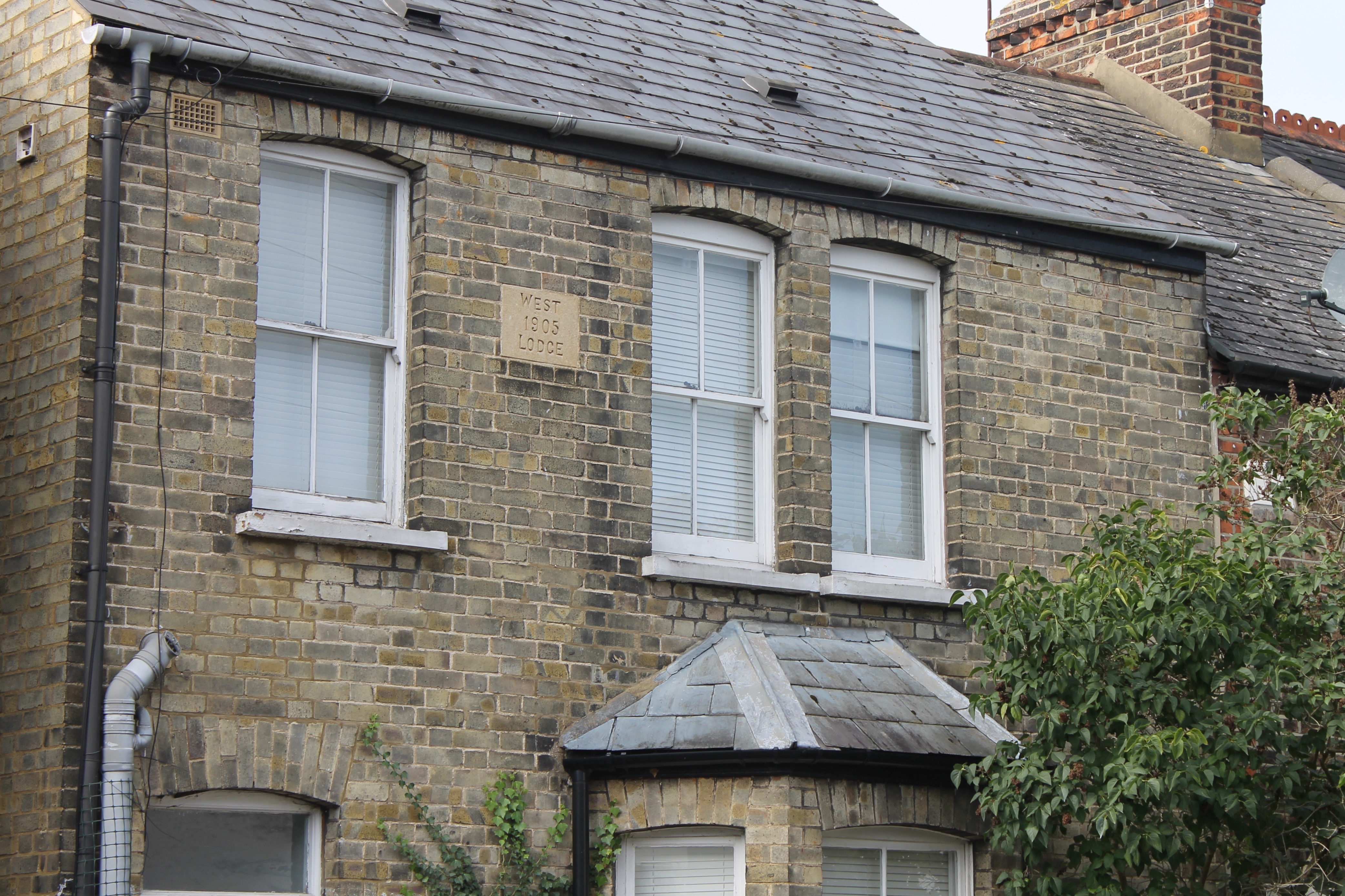
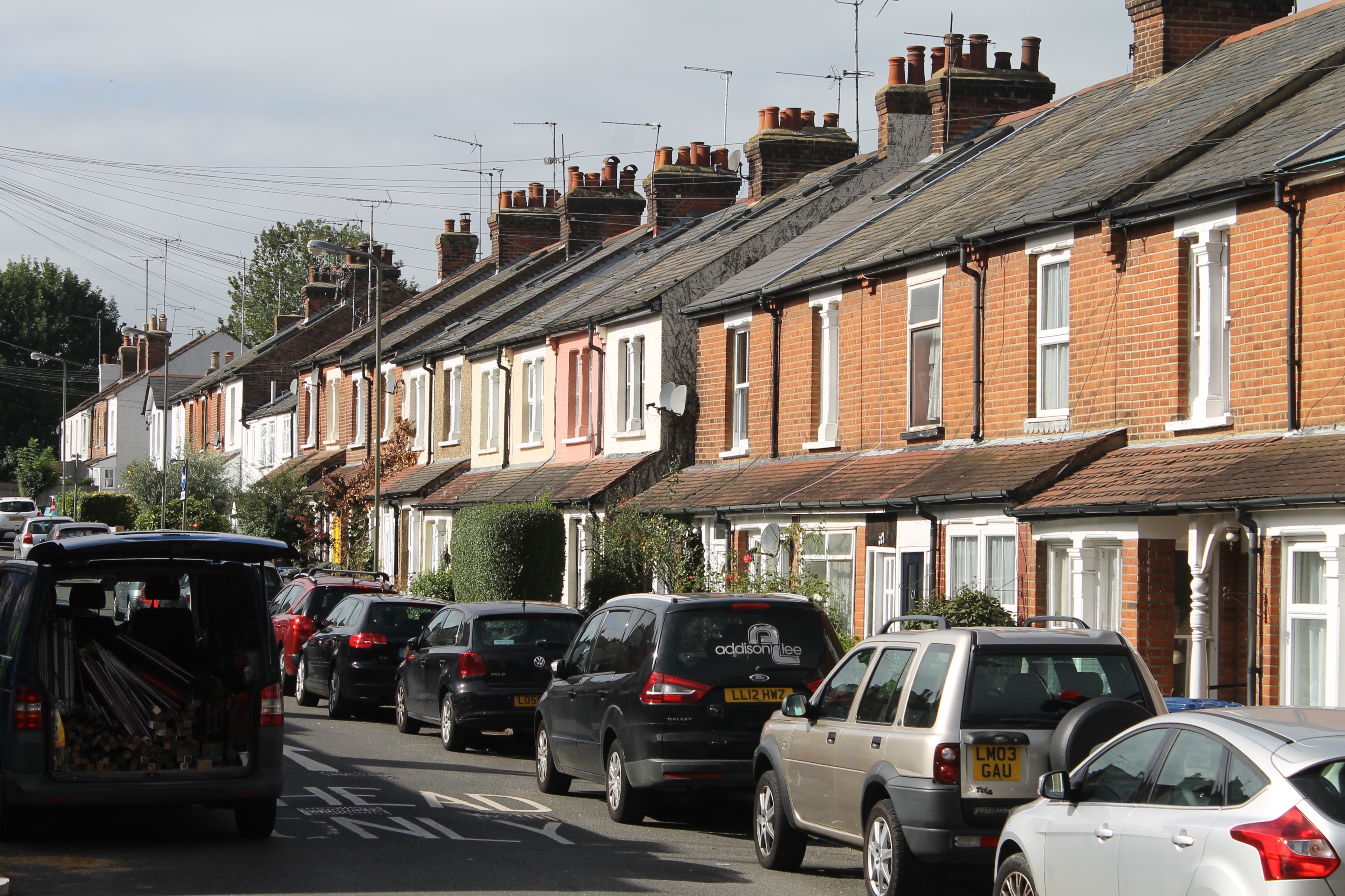


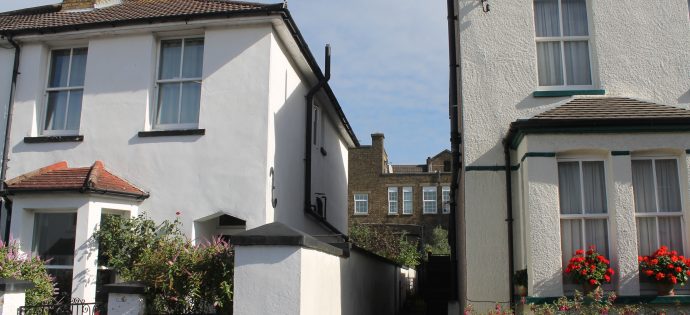
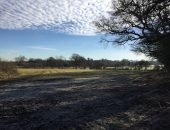
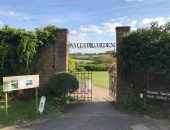
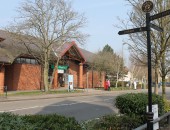
I love this newsletter
This is so interesting. Thank you for sharing your local history.
Glad you enjoyed it Judith. Thanks for getting in touch.
Best, Lucy